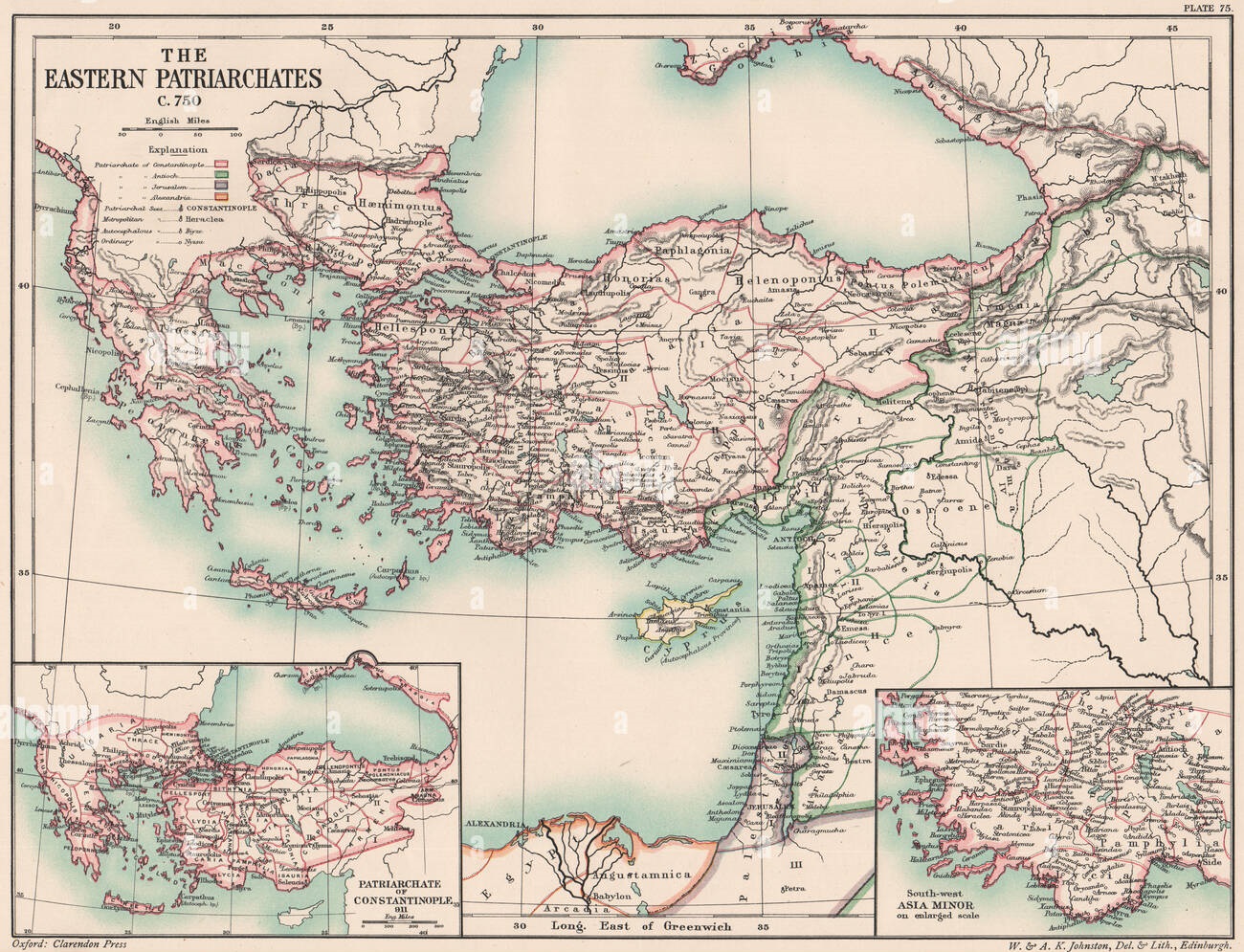Catholic Dominance via Vulgate: The Vulgate became the official Catholic text, enforcing Alexandrian corruptions. The Church persecuted groups like Waldensians and Albigenses, who preserved Antiochian texts (e.g., Italic Bibles), as documented in martyrdom accounts.[4] Foxe's Book of Martyrs details how Catholics burned pure Bibles and believers to maintain control.
Ongoing Clashes: Antiochian manuscripts multiplied in the East (over 5,000 extant today), while Alexandrian ones remained scarce and hidden (only a handful like Vaticanus). Deceptions included forging "ancient" authority for the LXX and Vulgate to suppress Reformation precursors.
Reformation Era (16th Century): The Great Clash
Textus Receptus Revives the Pure Line: Erasmus (1516) compiled the Textus Receptus from Byzantine/Antiochian manuscripts, leading to Protestant Bibles like the KJV (1611). This exposed Vulgate corruptions, sparking the Reformation.
Council of Trent's Desperate Deception: In response (1545-1563), Catholics canonized the Apocrypha and declared the Vulgate "authentic," ignoring Jerome's objections and historical rejections. This entrenched lies like purgatory support from fabricated texts.[3]
19th-20th Centuries: Revival of Alexandrian Corruptions
Westcott and Hort's Critical Text: In 1881, scholars revived Sinaiticus and Vaticanus, creating the Nestle-Aland/UBS texts used in modern versions (e.g., NIV, ESV). These align with Catholic editions, omitting verses like Acts 8:37 and weakening doctrines.[1] Critics link this to Jesuit influences and ecumenical deceptions.
Septuagint Exposed as Modern Myth: Books like David W. Daniels' Did Jesus Use the Septuagint? and Gail Riplinger's works compile evidence: No pre-AD LXX MSS, Letter of Aristeas as pseudepigraphy, Origen as true originator.[2][5] Dean Burgon's critiques highlight Alexandrian corruptions echoing LXX variances.
Today (21st Century): Catholic Texts' Enduring Legacy of Deception
Persistent Use of Corrupted Sources: Catholic Bibles (e.g., NAB, Douay-Rheims) retain the Vulgate's Alexandrian base, Apocrypha, and LXX influences, supporting doctrines absent from pure texts. Modern ecumenism blends lines, but clashes continue in debates over manuscript reliability.
Evidence Against LXX Age: All claims rest on the debunked Letter of Aristeas; no archaeological proof pre-4th century exists, and Jewish traditions never elevated it. The hoax persists to validate Catholic additions, but analyses show it's a post-Origen construct.
Relevant sources: Chick Publications (David W. Daniels), Gail Riplinger, Dean Burgon Society, https://www.bible.ca/.





